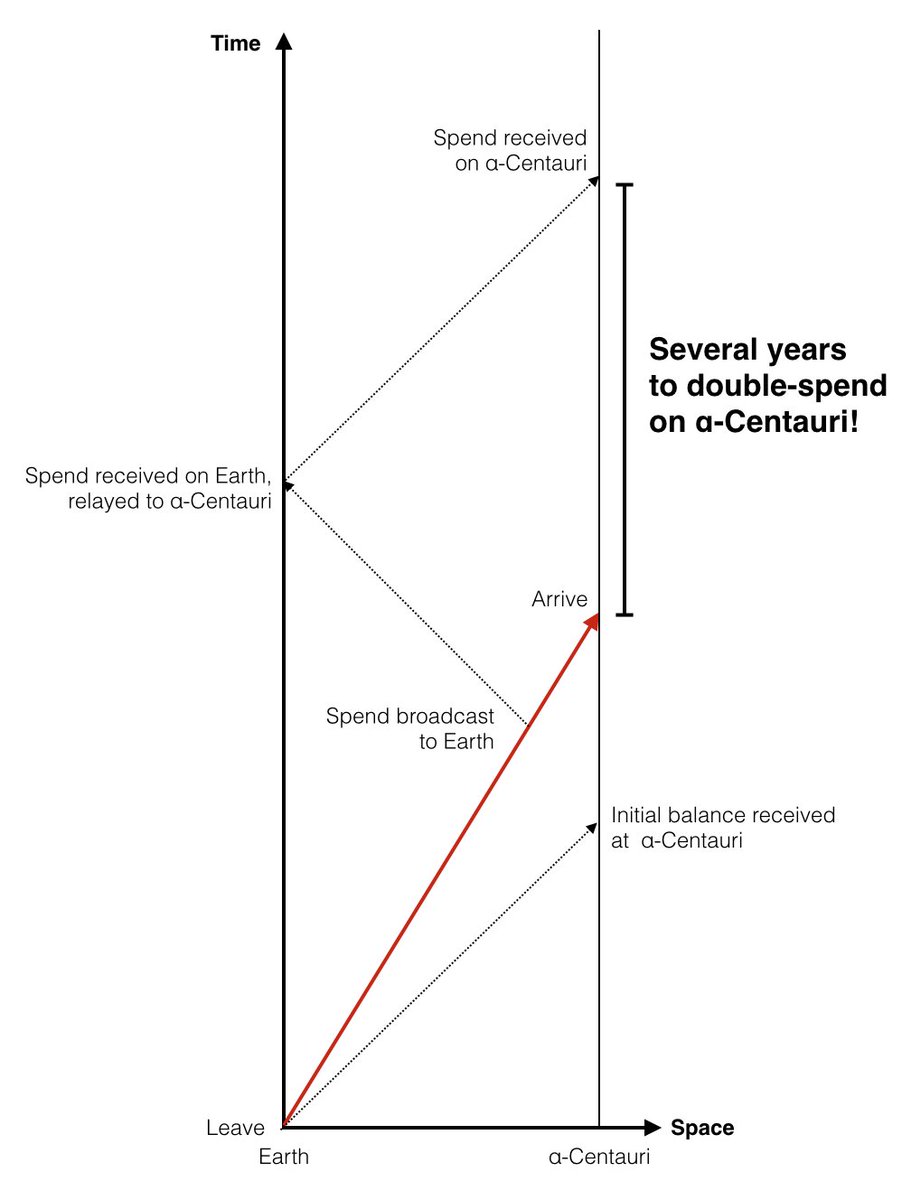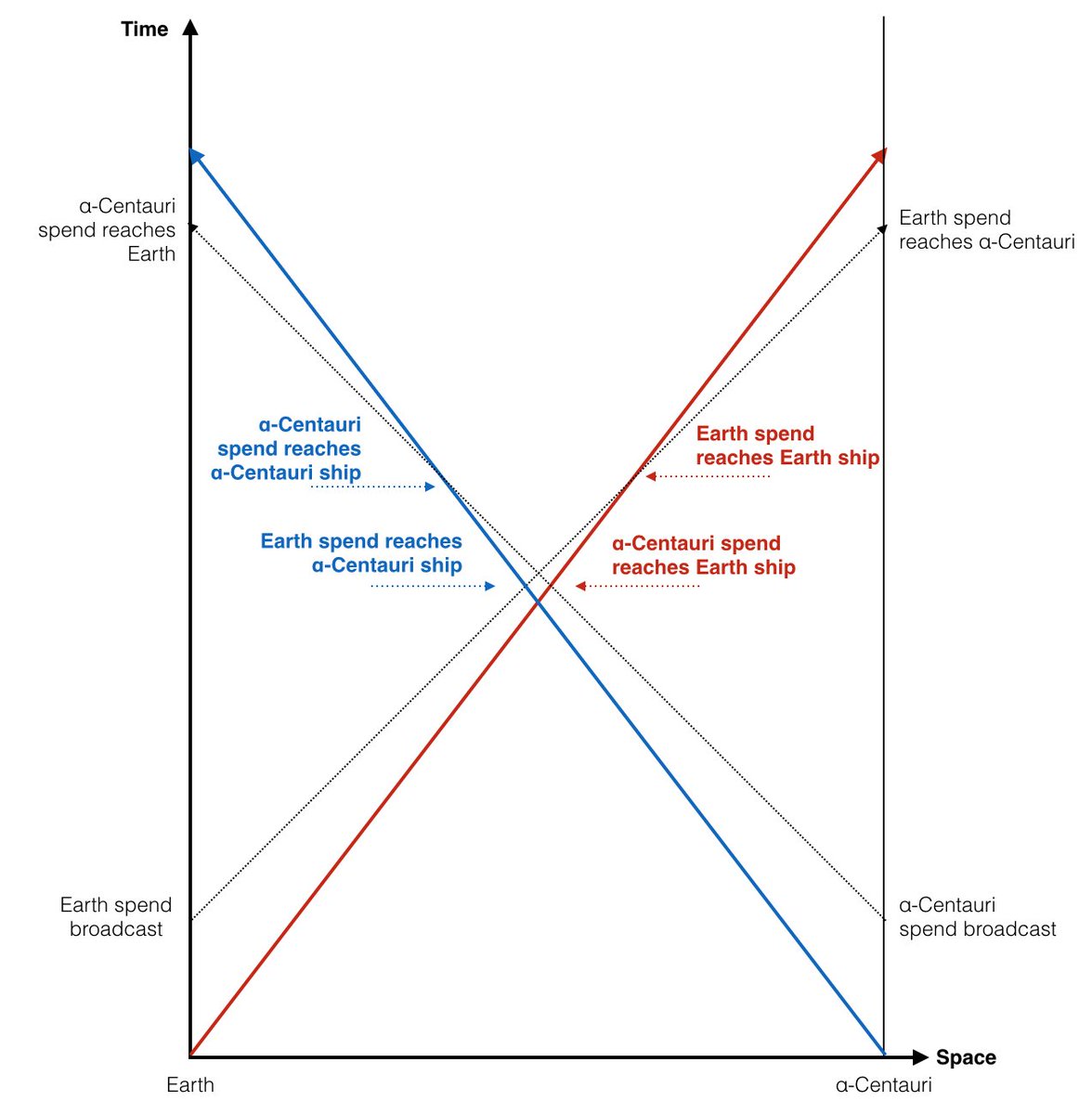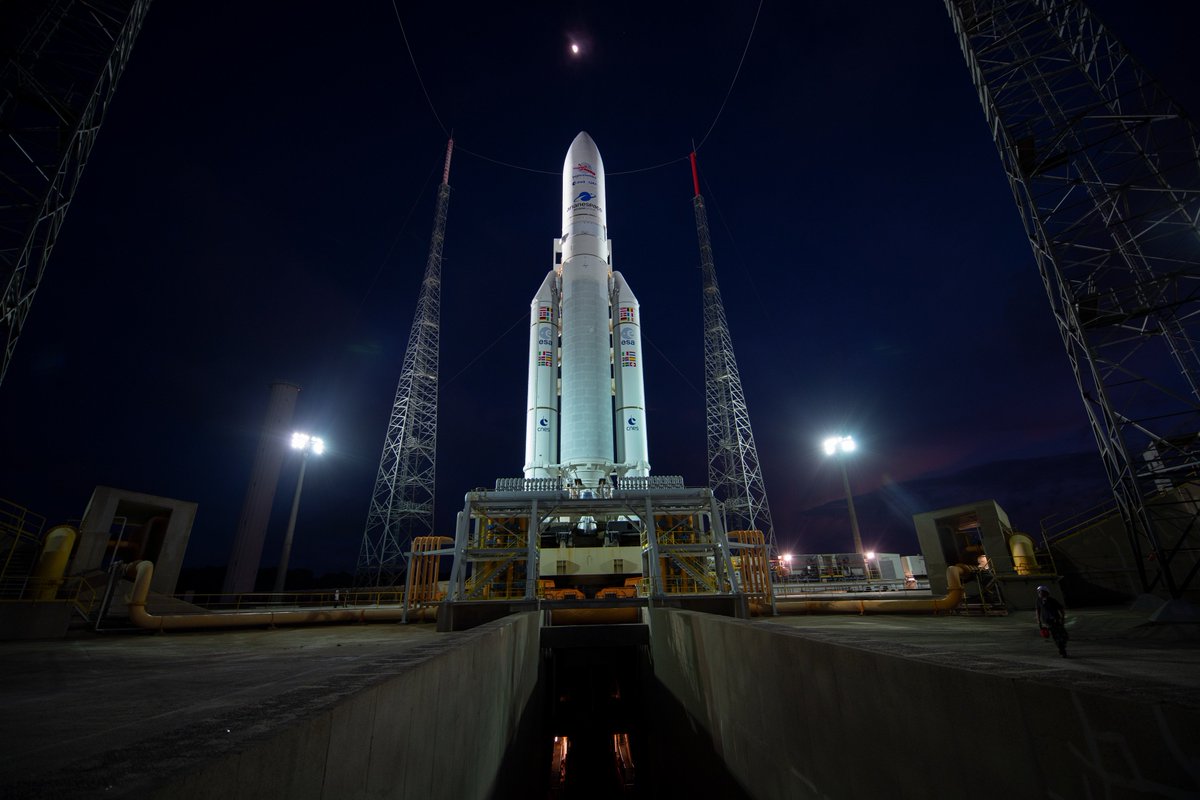How do you know his money is any good?
But say this guy is fresh-thawed after his long journey from Earth aboard a lighthugger. What kind of wealth could he even have?
So what form of wealth survives interstellar voyages?
So the guy could present a statement from Bank of Orion or sign some blockchain transaction with his private keys to prove to you he is solvent.
"One Corellian Ale, coming right up sir..."
During those 8 years, he could double-spend freely on α-Centauri!
See en.wikipedia.org/wiki/Minkowski… for more details on how to read these diagrams.


I read a lot of sci-fi but I don't know of many authors who write about interstellar distributed consensus. Everyone writes about the engines, but the money is just as vital...
Also, I simply don't know the solutions! How would you solve these problems, if you were a future financier?
Banks might let you borrow against your holdings in another star system until they can be transferred locally (and your opportunity to double-spend eliminated).
Lesson: Different chains do different things. Layers (#LightningNetwork) and sidechains are necessary for space-coffees.
Lesson: Increasing block sizes with constant network connectivity speeds disadvantages miners with low-bandwidth (~light-lag)
Analogies for these constraints can help us design better distributed systems today.
Also, don't tell me blockchains have no real use case :)
First is a wonderful article which addresses the issues I raised above in much more depth from @jasonmorton. I especially like the part about interstellar advertising :)
medium.com/@jasonmorton/r…
Paul raises another fascinating problem: if time passes differently for observers in different reference frames, what's the best way to handle compounding interest?
princeton.edu/~pkrugman/inte…





